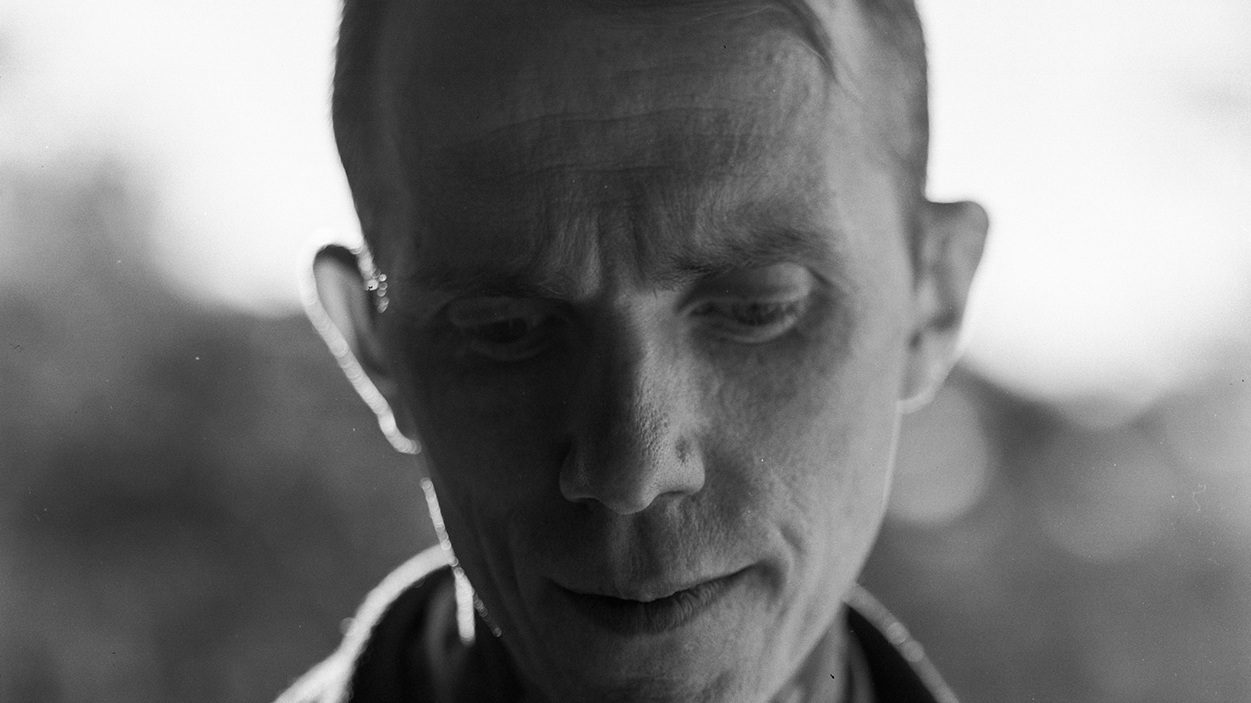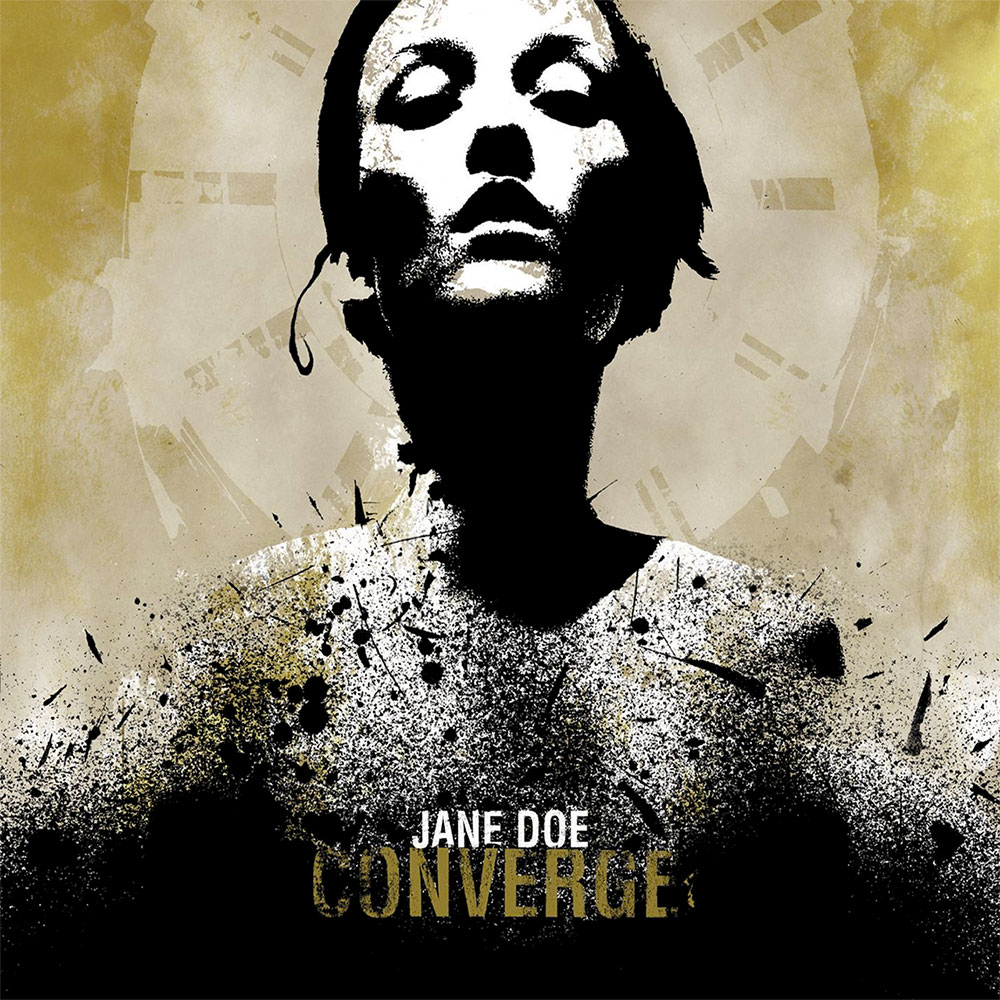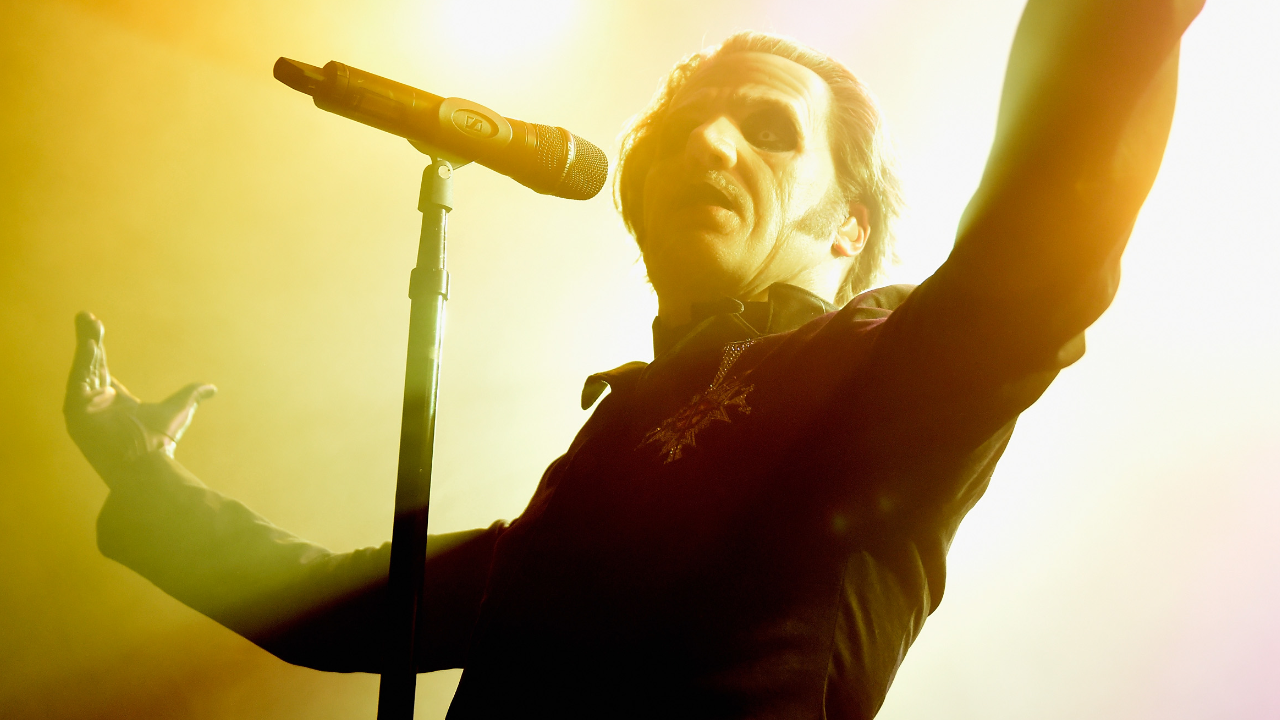Jacob Bannon: Wear Your Wounds, Jane Doe and discovering music
Catching up with the Converge frontman to talk music, art and the idea of progression

Following Wear Your Wounds’ debut album and subsequent festival tour around Europe – including Roadburn and Desertfest – mastermind and frontman Jacob Bannon announced that he was releasing another album out of nowhere! Recorded alone in a shack over seven days, it’s a journey into isolation and desolation from one of the most innovative and artistic minds in our world.
But how did Jacob discover alternative music? And how does his new guise of Wear Your Wounds compare to the savagery of his day job in Converge? We caught up with the man himself for a quick chat to find out.
You’ve just finished your first run of shows with Wear Your Wounds. How was it?
“It was awesome, it’s the first time we’ve ever done it. We played one warm-up show but prior that we were all practicing on our own independently, some of us were getting together when we could, but we’re geographically spread out.”
Is it noticeably different to performing with Converge?
“I get to play more stuff. A lot of it is quite similar, all of the guys involved I have toured with for many years, either Converge opening for their bands or vice versa. It’s just awesome for us all to get together, have a cool chemistry, and be able to explore these simple yet emotional songs I’ve been working on for some time, and make them bigger and crazier.”
Wear Your Wounds feels way more vulnerable than Converge.
Sign up below to get the latest from Metal Hammer, plus exclusive special offers, direct to your inbox!
“Converge is very emotional but a lot gets lost with volume; some people can only hear volume and aggression, they can’t hear the nuances of what’s in a Converge song when we’re doing that, but that’s the creature that we are. This is a little easier to understand and dissect for a listener, I think. It’s more melodic, it’s slowed down, it’s more simple and straightforward.”
What drew you to this more transgressive genre of music
“I was lucky enough to discover early Pink Floyd as a teenager, then got into experimental bands like Crash Worship, Swans and early Neurosis – that whole world of bands opened up the floodgates for me. In the mid-90s as hardcore and metal were growing too, I just listened to everything. It’s not a new thing.”
Did metal get its claws in first?
“Music got its claws in, art got its claws in. The same day that I pick up a random Deicide record I’d also get a Swans record or I’d buy John Zorn album or a Sick Of It All record, I’d buy everything and listen to everything.”
Did you still fit into the ‘rock’ clique at school?
“I didn’t have that many friends in music because I wasn’t a straight-edge kid that wore a varsity jacket and I wasn’t a metal guy that grew my hair out. I would be like ‘Today I’m going to listen to Death all day’ and then tomorrow I might listen to Public Enemy all day, whatever moved me. No-one’s one-dimensional. If you’re one-dimensional you’re playing dress-up. There’s more to everybody. I want to hear more, I want to see more, I want to see people flex that diversity.”

You’re also responsible for creating the Jane Doe artwork, which has become a symbol of the alternative scene, a marking people wear to show they’re into non-mainstream aggressive music.
“I don’t think about anything like that, I don’t really reflect much, I’m just addicted to forward-movement, to making art, making music. I don’t think about it in terms of how it impacts things, it’s about the moment and if it connects with somebody then awesome. If it doesn’t then it doesn’t matter, I got something out of me, I move on to the next project. I’m not waiting for it to be weighed on a scale or anything, I’m just grateful that people give a shit.”
That must be a refreshing lifestyle.
“It’s all progression, right? Every one leads you to the next one to the next one, with characteristics and qualities and experiences, you move again and again, and things just progress and get more interesting – at least to me.”
The story behind John Baizley's Jane Doe artwork
The 10 Best Converge songs, according to Touché Amoré frontman Jeremy Bolm
Luke Morton joined Metal Hammer as Online Editor in 2014, having previously worked as News Editor at popular (but now sadly defunct) alternative lifestyle magazine, Front. As well as helming the Metal Hammer website for the four years that followed, Luke also helped relaunch the Metal Hammer podcast in early 2018, producing, scripting and presenting the relaunched show during its early days. He also wrote regular features for the magazine, including a 2018 cover feature for his very favourite band in the world, Slipknot, discussing their turbulent 2008 album, All Hope Is Gone.
